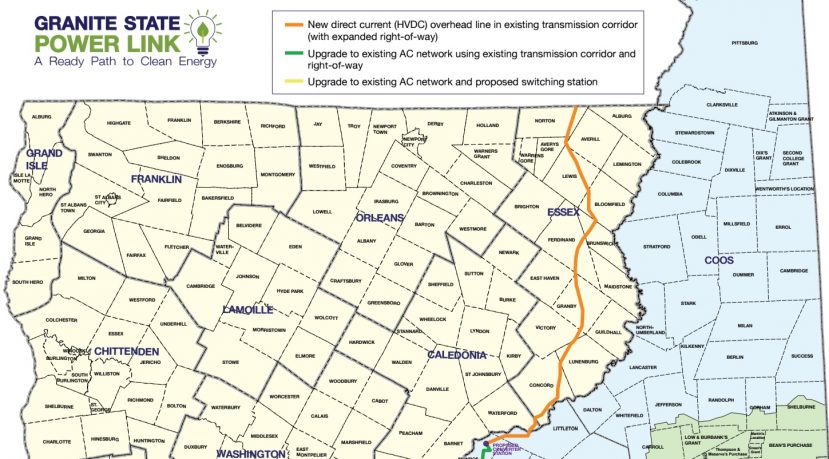A proposed transmission project in New England can reduce energy costs by $1.1 million over its first a decade of operation – throughout the spot and would not be paid for by power consumers, in accordance with a March 28 record by Vermont Business Magazine.
National Grid– Massachusetts has suggested to develop the transmission project, which might talk about to 1,200 MW of clean electricity towards the New England power grid from Canada. To lower costs, boost efficiency, and reduce environmental influences, the proposed Granite State Power Link (GSPL) could be produced almost completely along existing transmission corridors and would improve use of existing infrastructure.
The GSPL would be a commercial project: its own investors – not consumers of its licensed companies and Its development will be backed by National Grid, Vermont Business said. What’s more, Citizens Energy has pledged to utilize 50 percent of a unique gains from the project to invest in energy assistance programs for local families.
Under the National Grid plan, the GSPL could include two sections:
A brand new high voltage, direct current (HVDC) overhead line in Vermont, alongside an existing HVDC line in an expanded right-of-way corridor from your Canadian border at Norton, in addition to a converter station on National Grid-owned property in Monroe, New Hampshire; and
An update of a current National Grid overhead line in New Hampshire to allow for the excess energy move in the new HVDC line; along with a fresh changing station in southern New Hampshire.
“We made this project to be a win win-win For Brand New England’s energy consumers, the project number states and areas, along with the environment,” John Flynn, SVP of Business Development for National Grid.
“NVDA is pleased to support and welcome the growth of the Granite State Power Link inside the Northeast Kingdom, ” Dave Snedeker, executive director of the Northeastern Vermont Development Association, told the area business news outlet. “The project, developed next to an existing transmission area, could have a restricted environmental and visual effect, and will deliver significant economic benefits to a location of Vermont that desperately needs an economic boost. We anticipate working together with National Grid to help determine exactly what the specific economic benefits will be.”
National Grid has experience within this technical and geographic area. The energy developed, co-owns, and runs the nation’s first HVDC system, which it has sent as much as 2000 megawatts of clean power for over 25 years and interconnects New England and Canada.
In December, National Grid completed sea2shore: The Green Link, a transmission project that connected the nation’s first offshore wind farm, located off the Rhode Island shore, for the mainland grid.
